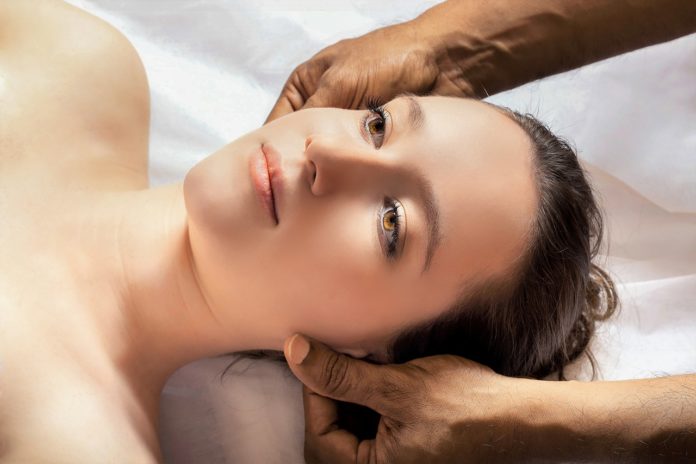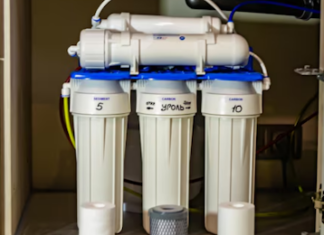To function properly and be productive, every human needs to have sufficient quality sleep. However, this can be hindered, especially when you or your partner suffers from sleep apnea.
This disorder is characterized by gasps, grunts, and explosive snores. Sleep apnea is caused by tissues located at the back of the throat temporarily blocking your airways, causing breathing pauses.
Various studies show that sleep apnea can leave an individual tired and groggy and put them at risk of developing multiple health problems such as depression, heart disease, and high blood pressure. There are several treatment options you can opt for to keep this condition in check, some of which include the use of the oral appliance and positive airway pressure.
Symptoms of Sleep Apnea
Common symptoms for either Obstructive or Central sleep apnea include
- Gasping for air when asleep.
- Awaking with a dry mouth.
- Morning headaches,
- Loud snoring.
- Excessive daytime sleepiness.
- Irritability.
- Difficulty staying asleep.
- Episodes in which you stop breathing when asleep.
Types of Oral Appliances
Several oral appliances can be used to treat OSA. However, it’s best to consult with your sleep apnea dentist on which is the best option. These devices may look different depending on their manufacturer. However, they are designed to work in the same way. These appliances are divided into three groups:
Mandibular appliances
Most mandibular devices are made of hard plastic. They are designed to snap over your upper and lower teeth. They are also fitted with metal hinges and screws that are tightened to push your lower jaw forward. Some dentists are capable of designing customized mandibular appliances. However, before buying any of these devices, it is best to consult if the dentist is well trained and knowledgeable in sleep-related breathing disorders.
Mouthguards
Most of these devices work similarly to mandibular appliances. They are designed to reposition your lower jaw to help keep your airways open when asleep. Most mouth guards can be bought online since you don’t have to provide an impression of your teeth for them to be made. You can always place the device in a cup of boiling water and bite down on the softened plastic, molding it to fit your teeth.
Tongue-retaining devices
These oral appliances are fitted with a plastic splint that is used to hold your tongue forward and out of your mouth when asleep. The downside to these devices is they leave your mouth very dry and can be very uncomfortable.
How Does Oral Appliances work to treat Sleep Apnea
Patients with mild to moderate sleep apnea are usually the best candidates for using oral appliances. These appliances are designed to keep the tongue from blocking the throat. To remedy your sleep disorders, these devices work towards keeping your airways open during sleep.
To get the best out of this treatment, consult with a sleep specialist or a dentist with training in oral appliances. You can also bring both professionals on board to help you make a joint decision on the subject matter.
Once you get the go-ahead from your healthcare giver, you need a referral to a certified dentist for an evaluation. This visit will help to determine if you are the perfect candidate for the treatment and get an impression of your teeth. Once the device is ready, you will be called back for a fitting.
In most cases, patients are given morning repositioners to help restore their bite when the oral appliance is removed. Once the treatment program is complete, it’s best to go for another sleep test to gauge the appliance’s effectiveness.
Advantages of Oral Appliances
Comfort- these appliances are relatively comfortable and easy to wear compared to PAP.
Non-Invasive- it’s a non-invasive form of therapy. This means there is no surgery required. The entire process is quick and easy.
Effective- Various studies show that this treatment is highly effective and has been instrumental in improving symptoms such as daytime sleepiness and oxygen saturation.
Summing Up
Many people find themselves dealing with various sleep disorders without finding appropriate treatment solutions. Some even consider some of these conditions normal. However, it’s best to carry out a sleep test to know if you are sleeping right or there is an underlying medical condition.









